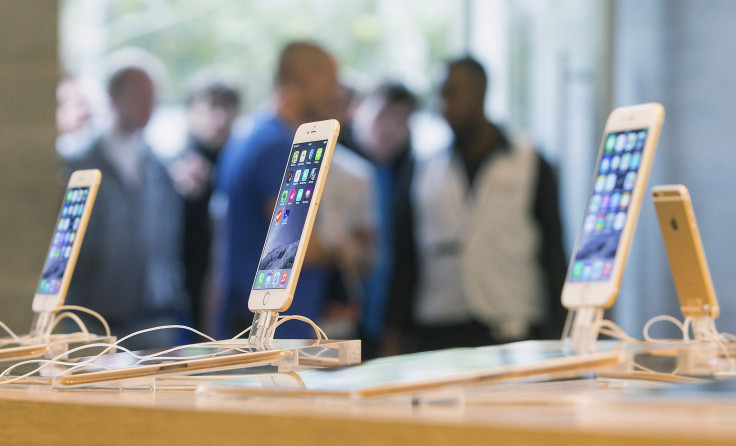Apple iPhone 7 Rumors: Next-Gen iPhone Could Feature Glasses-Free 3D Display

The next-generation iPhone, unofficially dubbed the “iPhone 7,” could feature a new three-dimensional display technology that will not require users to wear special glasses, a report said Wednesday, adding that Apple will partner with Taiwan’s TPK to develop the technology.
According to the report from Economic Daily News, a Taiwanese news website, Apple is “actively” working to create an ecosystem of 3D “hardware and software,” and the company has approached its longtime display supplier TPK to help develop the new screen for next year’s iPhone iteration. The report said that the current touch-screen technology, which Apple has been using since the launch of the iPhone 5, will not be useful to build the “naked eye 3D screen,” which is expected to be seen on the next iPhone.
Although it is too early to speculate whether the upcoming iPhone will carry a 3D display, the claim is not an exaggerated one as Apple has shown interest in 3D technology in the past.
In 2008, Apple applied for a patent related to glasses-free 3D stereoscopic display that would not require the user to wear special glasses. The new technology, which was said to be intended to address issues with previous 3D devices, involved tracking the user so that proper renderings of 3D images could be created, regardless of the user’s position, MacRumors reported.
In August last year, the U.S. Patent and Trademark Office reportedly published an Apple patent related to a method of generating and manipulating 3D objects on a computing device. In April, USPTO published another Apple patent application for an "Interactive three-dimensional display system,” which described a more advanced method that users could use to view and manipulate 3D images with various gestures such as touches and swipes.
Apple also bought PrimeSense, an Israel-based 3D-sensor technology company, in November 2013 for $345 million. PrimeSense, which powered Microsoft’s Kinect technology, is known for making machine-vision products that can create maps of 3D environments and track facial expressions and body movements.
© Copyright IBTimes 2024. All rights reserved.






















